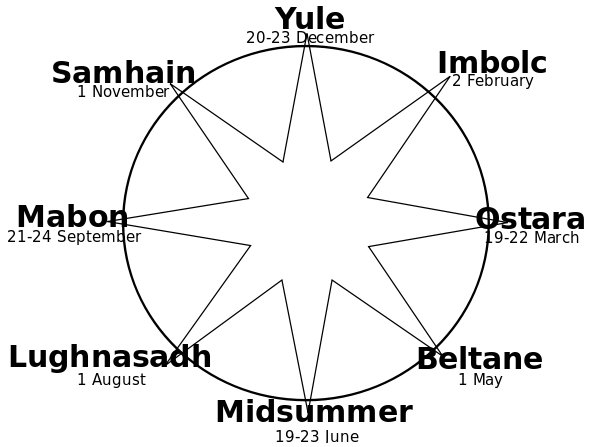6. There were hedgehogs in the Queen's Croquet Ground: ... I was led to remember this part of Alice in Wonderland because the scene had stayed in my mind from the time (now many years ago) when I read it. I could feel, at that time, that the hedgehogs had to be the planets and that the arches through which they were to be put must represent key positions in the sky ... ... Alice thought she had never seen such a curious croquet ground in her life: it was all ridges and furrows: the croquet balls were live hedgehogs, and the mallets live flamingoes, and the soldiers had to double themselves up and stand on their hands and feet, to make the arches. The chief difficulty Alice found at first was in managing her flamingo: she succeeded in getting its body tucked away, comfortably enough, under her arm, with its legs hanging down, but generally, just as she had got its neck nicely straightened out, and was going to give the hedgehog a blow with its head, it would twist itself around and look up in her face, with such a puzzled expression that she could not help bursting out laughing; and, when she had got its head down, and was going to begin again, it was very provoking to find that the hedgehog had unrolled itself, and was in the act of crawling away: besides all this, there was generally a ridge or a furrow in the way wherever she wanted to send the hedgehog to ...
... The bird with a long neck (be it ostrich, swan, crane, stork, or whatever) is an archetype (in the sense of Jung), and when I read about Grus (the crane) in Allen I learnt the constellation had another name, viz. the Flamingo: 'The alternative title for the stars of Grus, Phoenicopterus, the Flamingo, is now seldom, if ever, used, nor can I find any record of its inventor, or date of its adoption as a constellaton name. Chilmead's Treatise contains this referents to it: The Phoenicopter we may call the Bittour (the old English word for Bittern) ... The Spaniards call it Flamengo: and it is described with the wings spread abroad, and as it were striking with his bill at the South Fish, in that part where he boweth himself. This asterism consistith of 13 Starres: of which, that of the second magnitude in his head is called, the Phoenicopters Eye: and it hath two other Stars also of the same magnitude, one in his backe, and the other in his left wing. And those two which are in the middle of his necke, Paulus Merula in his first booke of his Cosmography, calleth his Collar or Chaine. The absence of our titles in the foregoing description would show that the Bittern, or Flamingo, was the popular English figuring and title in the early part of the 17th century.' Lewis Carroll (Charles Dodgson) lived between 1832 and 1898 and he surely must have known the Bittern ... To which we should add that Alnair (the Flame, α Gruis) is at the very strange (and therefore significant) glyph, viz. Gb2-16:
There are 4 feather marks inside at left in Gb2-16 and a 5th feather is on the outside at right. 335 = 290 + 45. From February 19 to March 21 there are 30 days:
A quick look in Wikipedia reveals there anciently was a Hedgehog Day between winter solstice and spring equinox: "In western countries in the Northern Hemisphere, the official first day of spring is almost seven weeks (46–48 days) after Groundhog Day, on March 20 or March 21. The custom could have been a folk embodiment of the confusion created by the collision of two calendrical systems. Some ancient traditions marked the change of season at cross-quarter days such as Imbolc when daylight first makes significant progress against the night. Other traditions held that spring did not begin until the length of daylight overtook night at the Vernal Equinox. So an arbiter, the groundhog/hedgehog, was incorporated as a yearly custom to settle the two traditions. Sometimes spring begins at Imbolc, and sometimes winter lasts six more weeks until the equinox ..."
|









